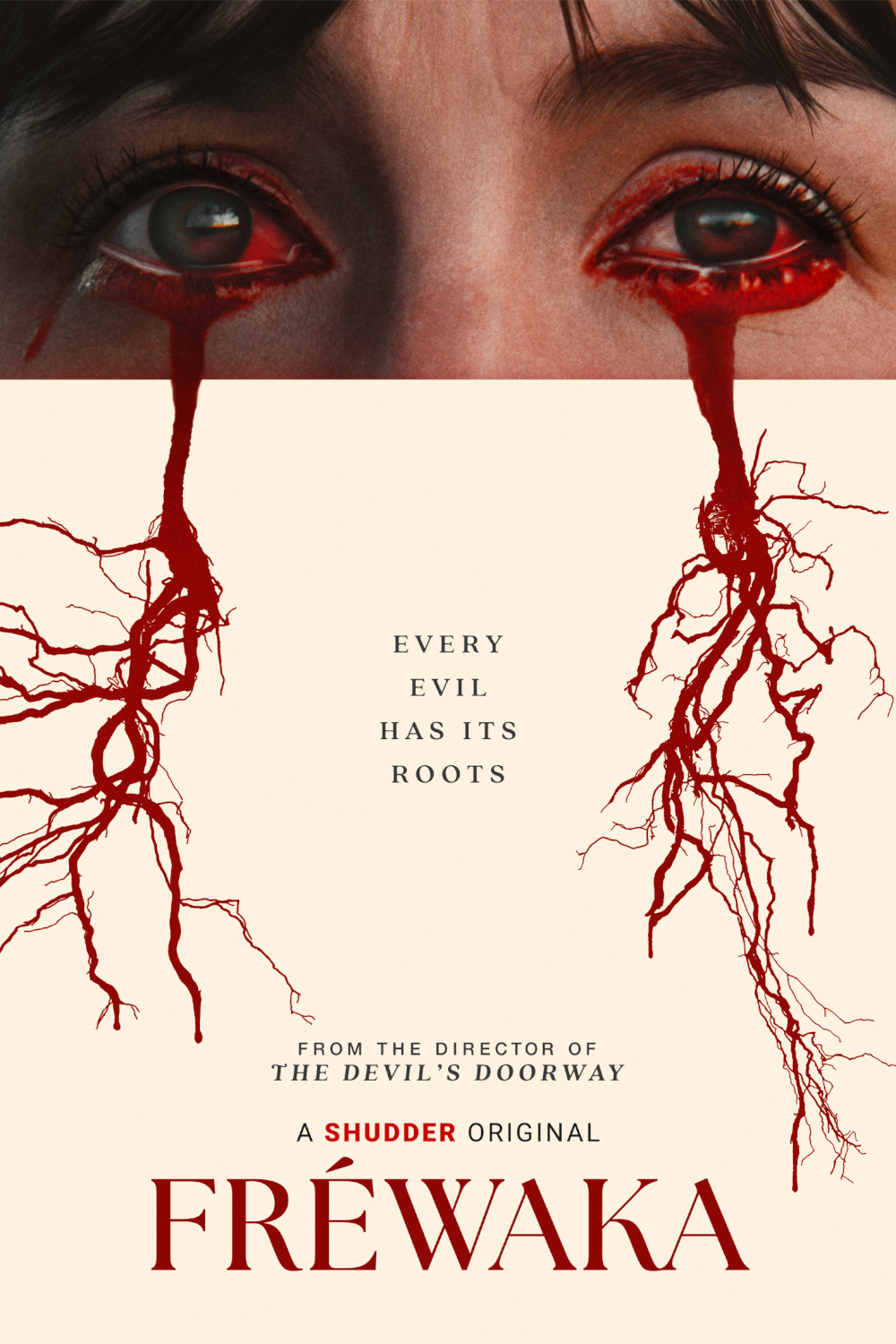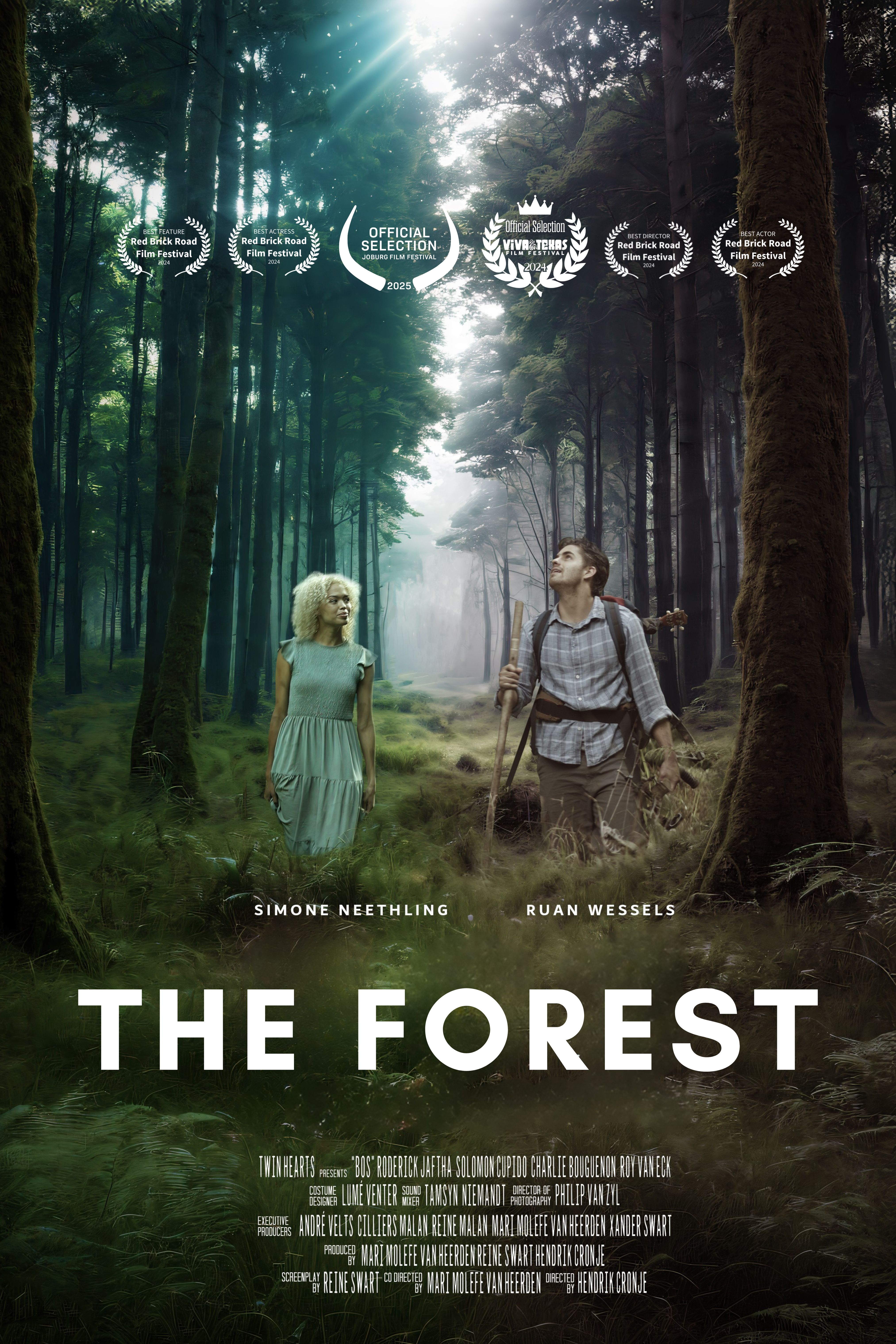
Indie Film Review “Frèwaka”
WATCH THE TRAILER BELOW:
First, the Recap:
Splintered substantiality. We fight, we scratch, we claw it seems to grasp onto every fiber of who we are, to maintain a hold on ourselves, and to ideally remain centered, aware, sane. Even as this life can cause us to experience so much happiness and fulfillment, it can also promise those instances of pain and unsettled mindsets. When the latter has been the norm early on, it lingers, festering, waiting, a constant reminder of the past that we then try to exist with…..or otherwise fall to madness.
Newly learning palliative care student Shoo (Clare Monnelly) has such disturbed thoughts, inherited from a traumatic though now bygone childhood that has incessantly pursued her ever since. Never always assured what reality really is, Shoo takes on a new assignment as a caretaker for a new client, an older woman named Peig (Bríd Ní Neachtain), whose own mental state is far less than steadfast. It quickly becomes apparent that forces beyond them both are vying to take control, even as what is connected to their past and present vs. what is imagined (or is not?) takes over.
Next, my Mind:
Ingrained trauma collides with folk horror-based terror, delivering a chilling portrait of the demons we might encounter in both life and lore thanks to this newly released Irish indie film from writer/director Aislinn Clarke, producer Diarmuid Lavery, co-producer Patrick O’Neill, executive producers Greg Martin, Maire Ni Chonlain, Deirbhile Ni Churraighin, and Michael Hewitt, plus associate producers Roisin Browne and Ali Doyle. For this critic, the very foundation for this particular style of horror stands out with pronounced significance and intent, here able to convey the sheer reality of what it is to be facing the harsh ghosts populating someone’s own tormented mindset, hence forming the lingering aftermath of mental and physical abuse, yet just as effectively transports us into the dark and eerie roots of Celtic mythology, morphing into one disturbingly harrowing journey that enters the realms of monsters and intergenerational mental sickness.
With intelligent writing and direction firmly allowing it to soar into the arena of what I feel is cerebral horror, the narrative that finds a fledgling palliative care student taking on a new client whose own state of being may not only mirror her own, but could be connected in far deeper ways than she realizes, a more slow burn but still purposefully paced approach greatly assists the project in building its ever-increasingly spooky atmosphere. It elicits the viewer to put themselves in the position of one or even both of the primary characters as they each battle against their own inner tempests while also sharing an equally rising awareness that they are being targeted by ominous entities far beyond the human world. It’s masterfully crafted menace that does such an excellent job at only hinting at things while still making you feel the tension and sinister air of evil, its initially veiled sources, and what ultimate impact it is going to have.
While the film does utilize plenty of what many might consider “standard” or “prototypical” horror movie tropes along the way, I still maintain that the means by which they are employed felt fresh to me, or at least unique enough as contained within this narrative to SEEM different than so many of the, sadly, more clichéd efforts within the genre. It’s a far more subtle endeavor in precisely how the freakish elements are introduced relative to what some expect from a horror film, but that IS the genius of it, and why I laud this effort’s ability to creep us out completely as the viewer, yet not have to resort to all the “expected” moments or buckets of blood to author said aura of foreboding. Thematically, we are most assuredly focused on the basic fact that it is addressing the nightmare OF inward wounds and their damaging consequences, how they remain, often to the ongoing detriment of the one who’s living inside the pain and instability caused.
As important as the issue of mental wellness and the absolute necessity to keep it in the forefront of our minds that we might be there for those afflicted by it and/or any other forms of abuse is paramount within this film’s core. The awareness-raising brilliance is how it all gets duly validated for what it is while immersing us wholly into the supernatural shivers as well, manifesting that “what is real and what is in the mind?” facets the story thrives on. Plus, as an American critic, I have always wished to have chances to see foreign films that actually delve into the more than uncommonly addressed entities of Celtic folk horror and myths, as it is that sense of “newness” and even originality that I say is needed in the genre, much less something that can scare you while also bearing a relevant statement that is applicable to the real world. It’s a prime mix of unabashedly haunting and yet compelling and persuasive beyond the horror norms.
Visually, the starkness of the general imagery gets interestingly paired with specific bursts of colors that would seem to be highly symbolic of all the film is tackling within its scope, and how the camera follows events and embraces characters truly aids in forging the fateful moodiness the tale spawns to vivid life. Practical effects greatly help with the tone and grittiness of the film, too. Additionally, as with many a well-done fright fest, the accompanying music score by master horror composer Die Hexen turns into a character in itself, as I often say, just beautifully imparting the ever-growing ambiance of dread and nervous disquietude you WANT for a film like this. But, as declared above, the cornerstone magic of this cinematic wonder for me IS the astuteness of its grander execution, melding aspects of creepiness vs. conscious plus reality vs. possible delusion wrapped inside a shell of unhinged familial legacy, loss, self-sacrifice, uncanny creatures, and whether we will succumb to evil’s intent or otherwise conquer it.
Monnelly is a pure, unadulterated exhibition in fervent but well-managed energy, raw vulnerability, and intensely expanding emotive fortitude through her role here as Shoo, a care worker already fighting her personal, oppressively present internal battles while now having been assigned to take on her first role attending to an older woman whose own sanity is more than in question. Once at the woman’s home, what begins to unfold will not only immediately challenge Shoo’s innate strife and her willingness to confront it, but will also thrust her into a world of the supernatural, causing her to question even more what is real and what is birthed from trauma. It’s a fantastically gripping performance Monnelly provides here, painting a potent tapestry and embodying with poise and unassailable grit a woman’s quickly deteriorating grip on the present while being accosted by a desperately alarming past, its effects, and things of legend, threatening to upend all things good she’s trying to hold own.
Neachtain (whom I had last seen in the masterfully done but quite unnerving Irish drama “The Banshees of Inisherin”) undeniably excels once more, this time as Peig, an older woman suffering from agoraphobia, though that is nowhere close to her most troubling malady. Plagued by, supposedly, otherworldly forces that refuse to allow her a moment’s peace, Peig wastes no time in drawing Shoo into the mayhem, though for what reasons are still unclear. As the events around them heighten in their intensity, and the lines between our world and what’s beyond grow more and more frightening, Peig makes every attempt to shield Shoo from a potential inevitability that will otherwise consume them both in a manner that will satiate diabolical machinations. But, WILL Peig be ABLE to save Shoo? Neachtain is simply engaging and fully credible in her depiction of a harried woman wanting to escape and protect at the same time, perfectly enacted by the actress.
The primary supporting role arrives first Aleksandra Bystrzhitskaya as Mila, Shoo’s partner with whom she desires to spend the rest of her life with yet could be setting up to lose if Mila cannot try and convince Shoo to come back home from the mess she’s now in. Even as Mila discovers more than she wish she did in the events unfolding, she hangs on with all her might, with the future in question. Additional supporting roles come through Olga Wehrly is Deirdre, a rep associated with the care company Shoo works for and who has a highly strong desire to come and visit Peig’s home to assess her condition personally, much to Peig’s disconcert, Grace Collender as the young version of Peig that’s integral to flashbacks tied to the greater tale we are seeing, Mícheál Óg Lane as Daithí, Peig’s former husband, Oisín Ó Maoileoin as a local boy with very strange behaviors and appearances, Tara Breathnach as Shoo’s mother with a past that explains her daughter’s current state of mind and being.
Appearances are also made by Jim Cunningham, Peadar Cox, Liv O’Donoghue, Dorothy Duffy, Charlotte Bradley, Clare Barrett, and Marcus Lamb. So, in total, and with a finale that will cement itself in your mind along with a mid-credits stinger as well, “Fréwaka” represents a new age of horror film, here fully encompassing its folk roots, but then improved via its means to construct and establish brooding, ethereal fear combined with evocative rumination on an unequivocally relevant subject that is abuse, its lasting repercussions, and the yearning to be healed from it while also showcasing what lengths we might go to in order that others would be free from its influences–perceived, imagined, or all too real. I just find myself hoping this won’t be the last time I get to see this quality of Irish folk/Celtic-inspired horror from Clarke & Co. or other filmmakers, because it’s something that offers a whole new world of eeriness to be explored.
STAR RATING (out of 5):
As always, this is all for your consideration and comment. Until next time, thank you for reading!


